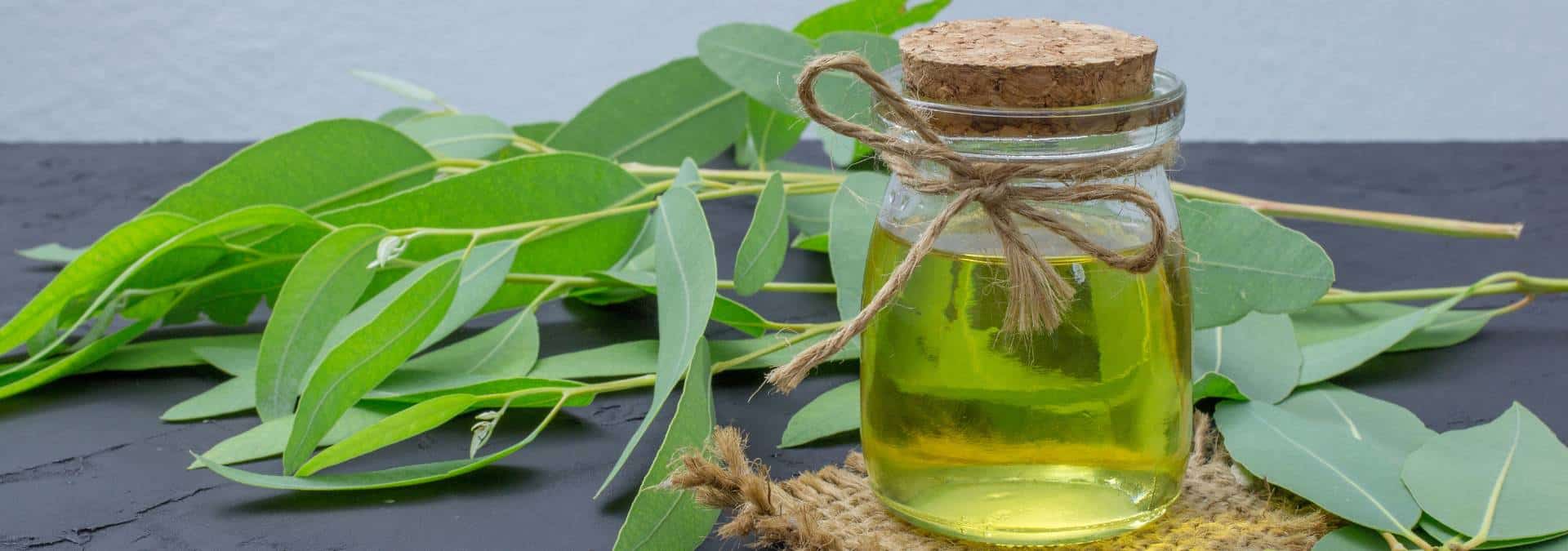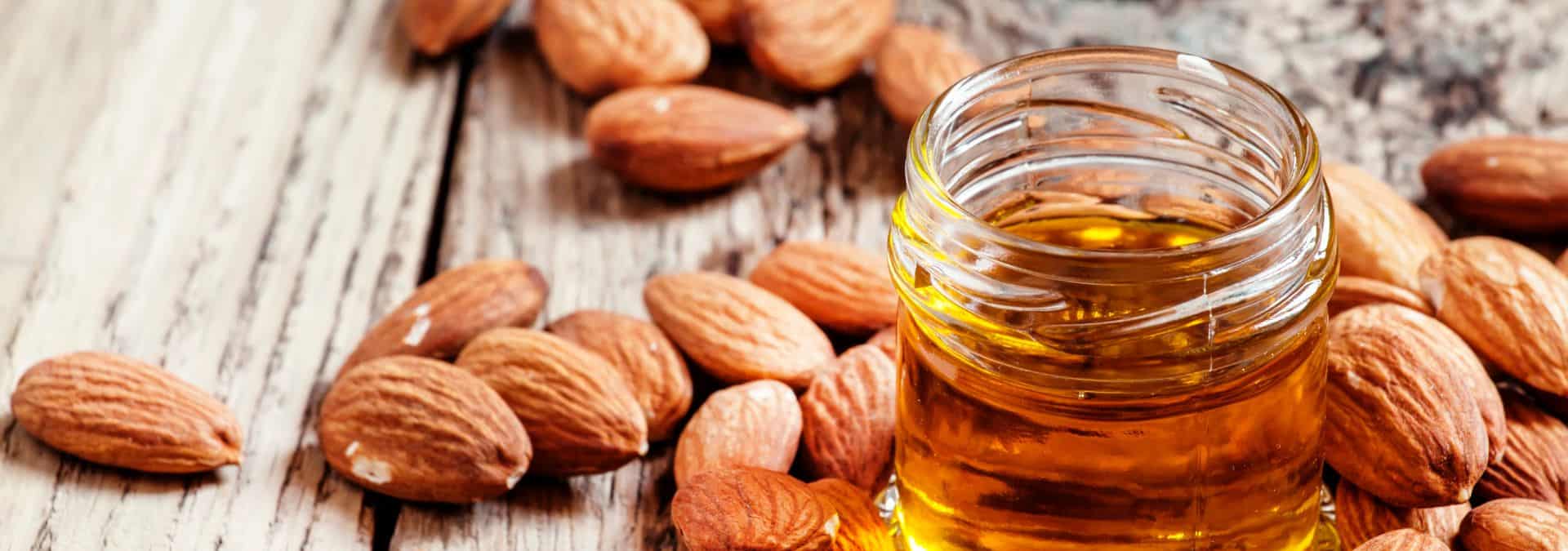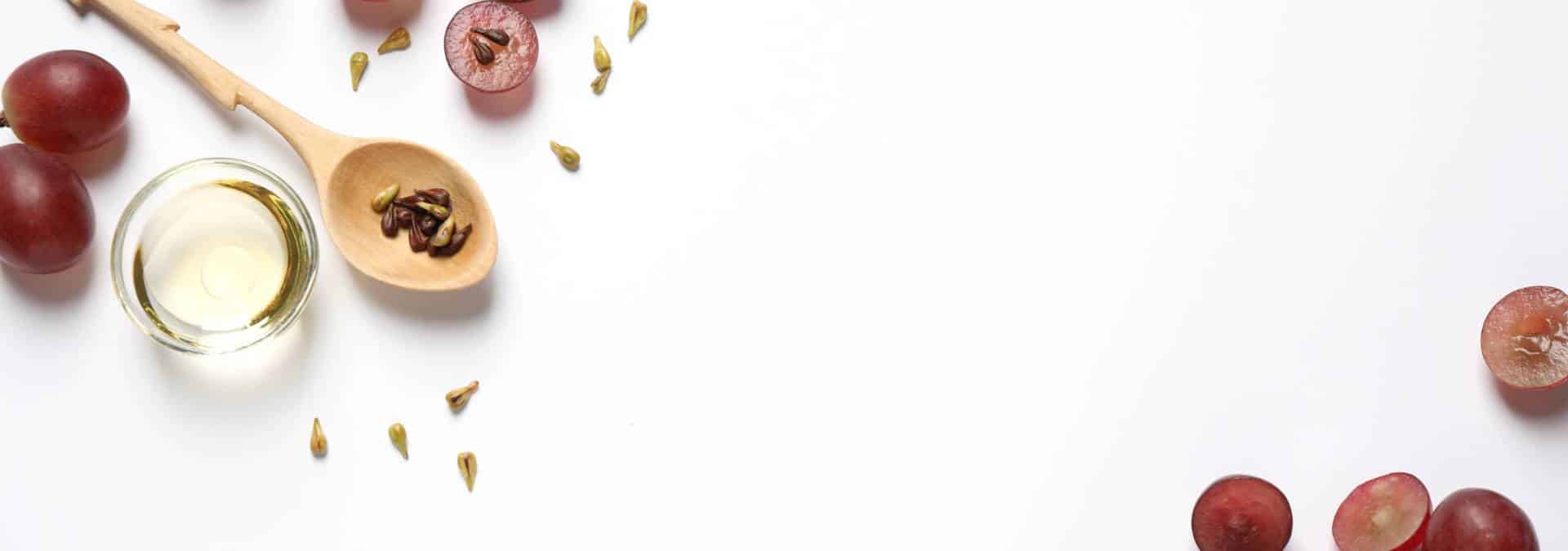Confira todos os nossos posts
Artigos e novidades sobre sustentabilidade, meio ambiente, vida saudável, veganismo e muito mais!
Conheça a Mercanatu
Conheça um pouco mais da nossa história e saiba quais as medidas adotamos para promover o consumo consciente e sustentável.
Acesse nossa loja
Produtos veganos, saudáveis, naturais e sustentáveis de higiene pessoal, cosméticos, aromaterapia e mais! Compre com quem se preocupa com o meio ambiente de verdade!










